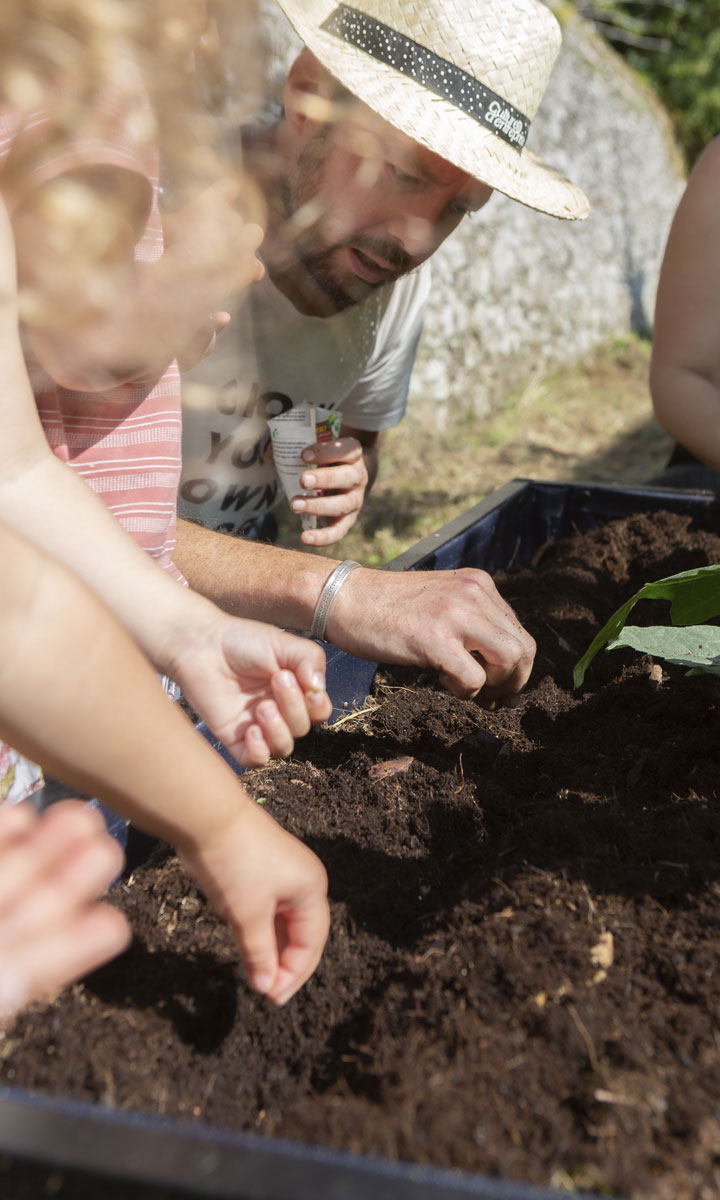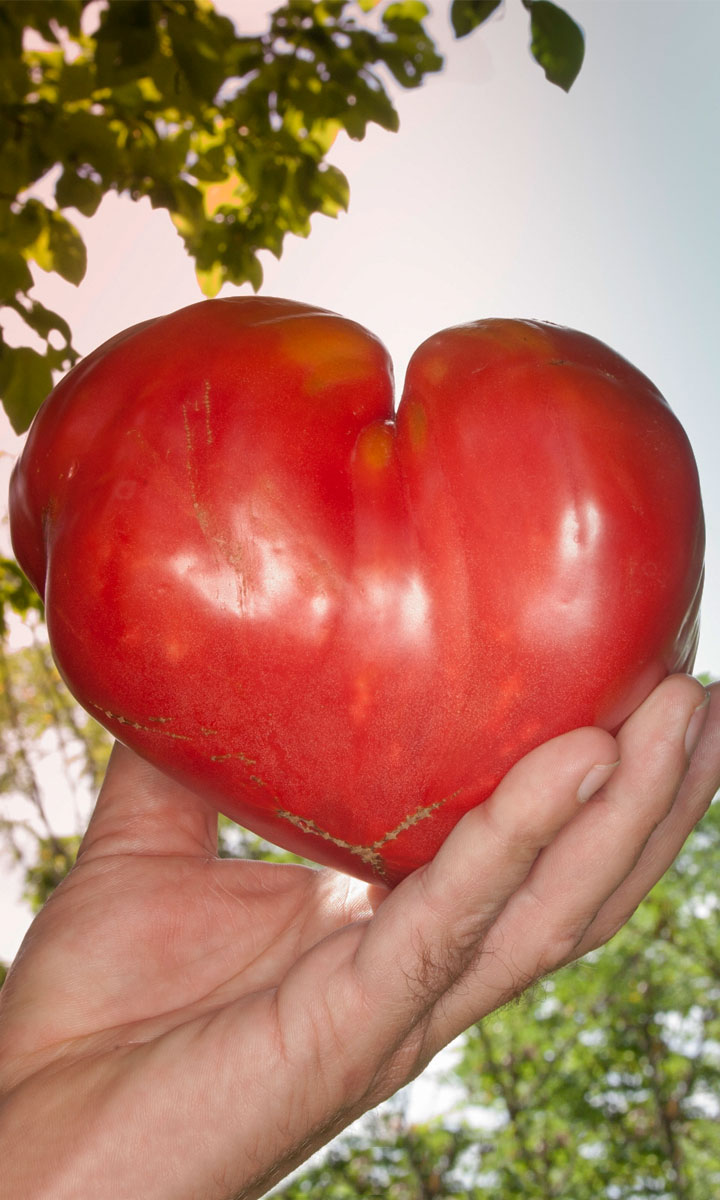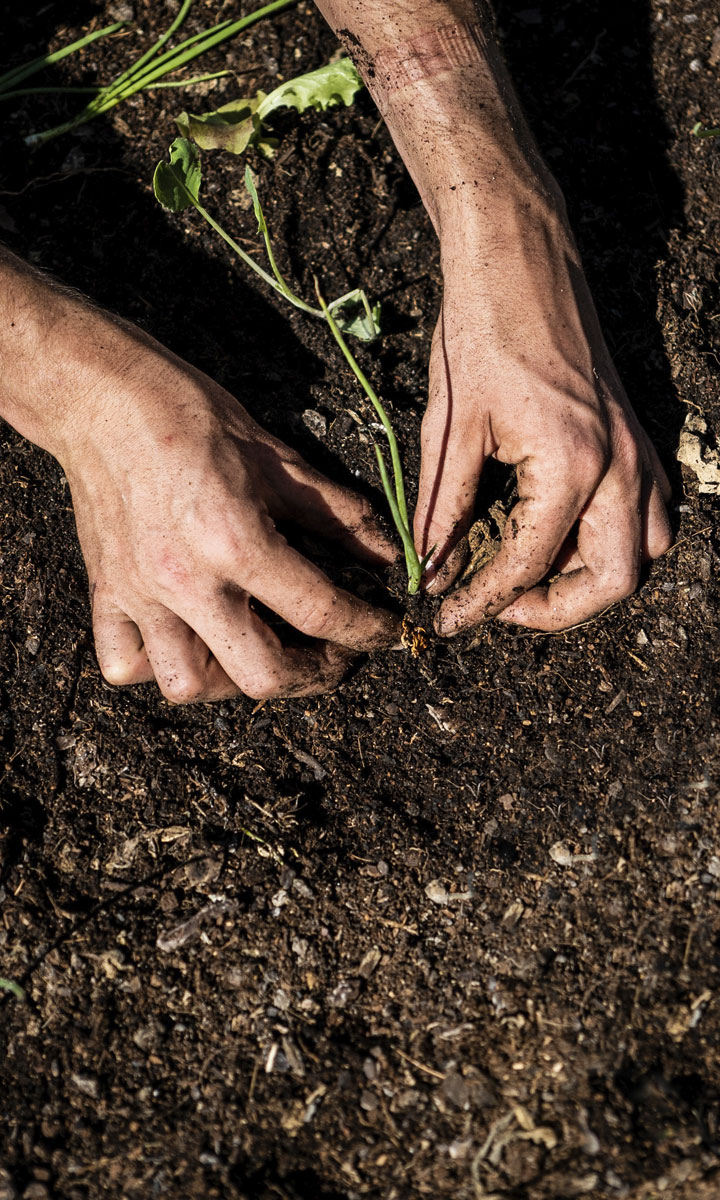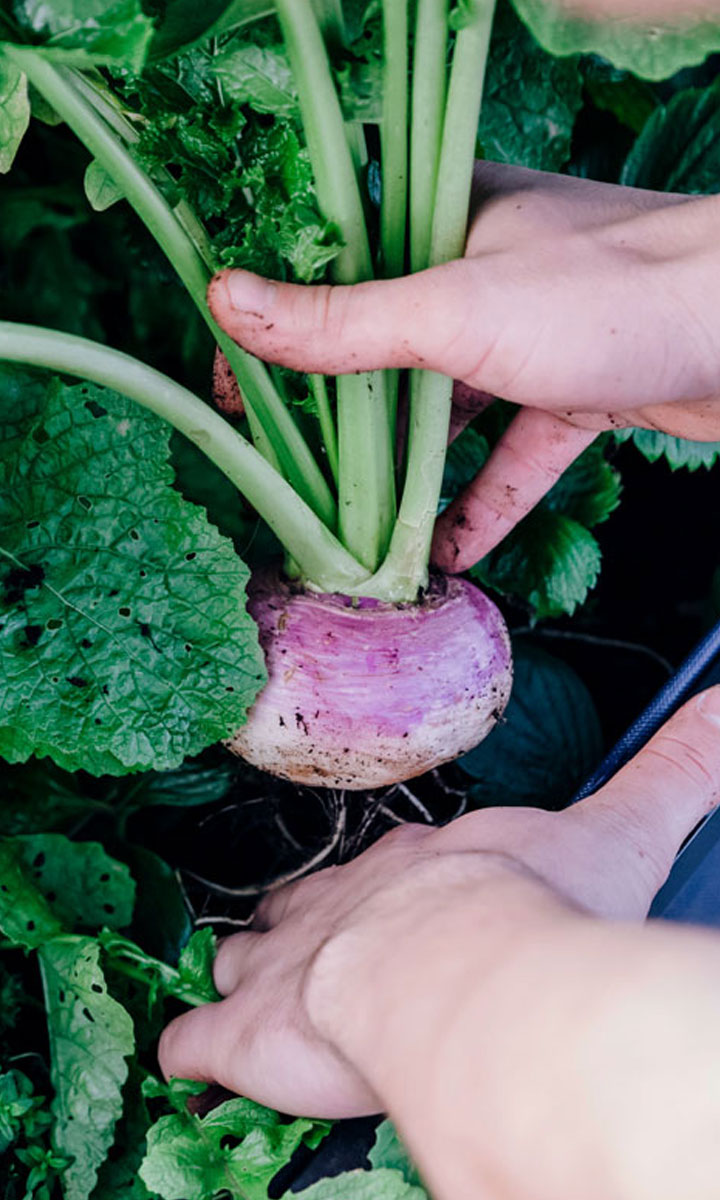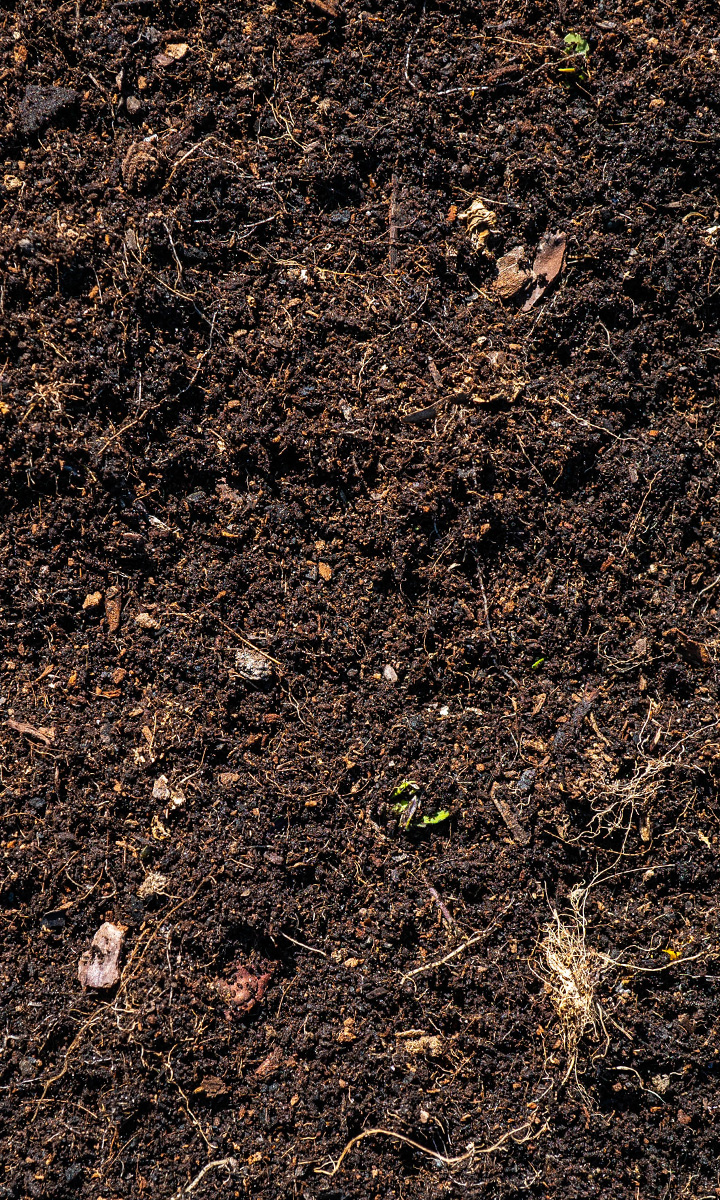Types of vegetables: 20 thousands of species for us to diversify

Henrique Dias
We cannot accurately quantify the number of types of vegetables in the world. We can say that there are thousands. It is estimated that there are over 20,000 species of edible plants, but only 20 take part on the 90% of the ones we eat. The amount of vegetables we eat is negligible compared to what there is available. What to do then? Firstly, we need to respect the criteria of seasonality. Then always prefer what is locally produced – these two characteristics tend to meet conscious exploration that respects the rhythms of the environment. Last but not least, we need to diversify. And that implies varying between the choices we know, but also looking for new options. We will give you a hand. Meet these 11 families where you will find various types of vegetables.
Lots of colors and flavors to explore.
Each category, or botanical family, includes different genus that group several species that share many characteristics. However, in these species we can identify different varieties, which influences the colours and flavours of each type of vegetable. One family can be hundreds of genus and thousands of species, but let’s keep our focus on the garden and share with you the families you should know.
1. Allioideae, the types of vegetables that will flavour your food.
Containing 795 species, organized into 20 different genus, this is a subfamily of the Asparagales family, the group that includes asparagus and onions. As in a regular family, the botanic families can also change their names, and this includes the Alliaceae species. But let’s keep it simple and focus on the fact that this family is distinguished by its odor as it includes onions, garlic, leek, shallot and scallions.
2. Apiaceas, the type of vegetables that will add some aroma to your food.
This family has about 300 genus including aquatic, rupicolous or terrestrial plants. They are usually aromatic herbs with small flowers and, although this family contains some toxic species, among its best known members are: carrots, fennel, celery, parsley, cumin and anise.
3. Rosaceae, the fruits we love.
This family has 4,828 species, spread over 91 genus and they are very diverse: from trees to shrubs to herbaceous. This group includes many fruits, with or without pit, such as: strawberries; quinces; apples; pears; almonds; raspberries.
4. Asteriaceae, for the most common salads.
This family has 535 genus and an amazing quantity of 23,000 species which may include herbs, shrubs or trees. This is where leaves such as lettuce, chicory or artichoke are included.
5. Solanacea, a diversified family.
This family includes plants of different shape, morphology and ecology including shrubs, undergrowths, herbs, trees and vines. Tubers are also quite characteristic of this family. The list is extensive and diverse, but to mention only the most known, it includes: potatoes; tomatoes; peppers; aubergines; goji berries.



